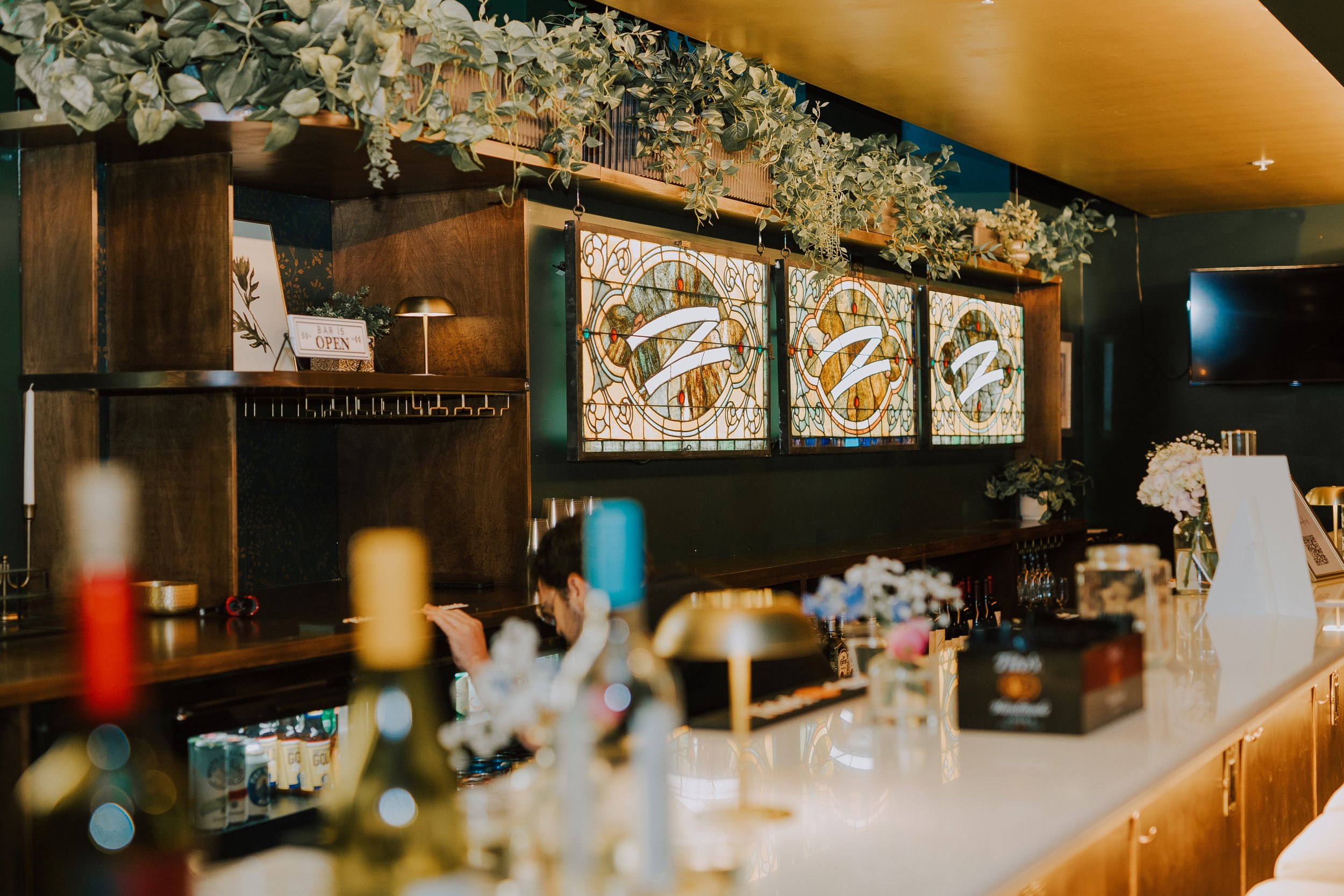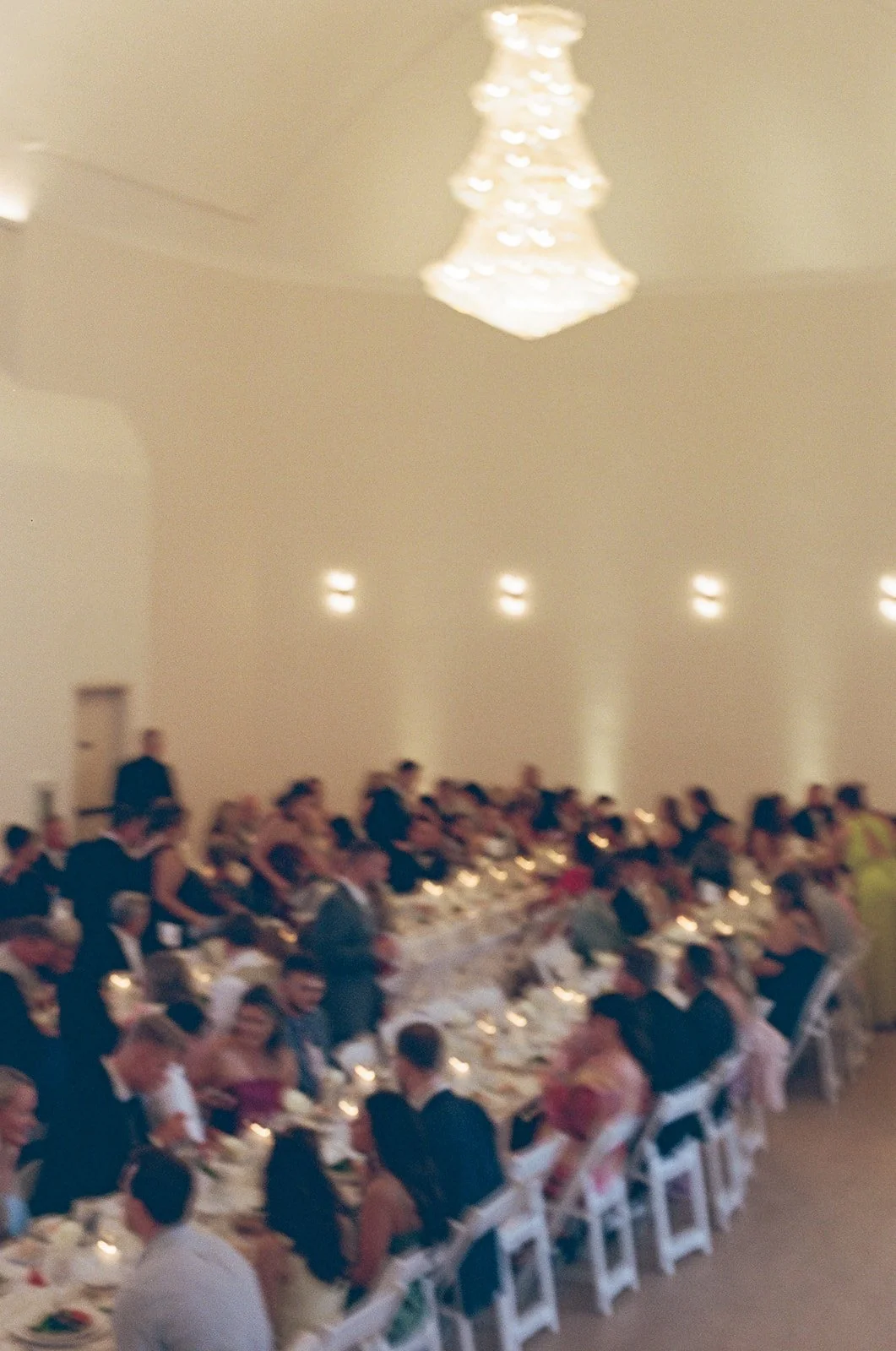THE ELLIOT
1415 Kenilworth Avenue, Cleveland, OH 44113
Tremont is one of Cleveland’s oldest and most culturally rich neighborhoods, home to locally owned restaurants, award-winning bars, art galleries, and popular boutiques.
contact
email — hello@theelliotcle.com
phone — (216) 200-8506
venue details
Below you will find information about our business hours, weekly open house, complimentary parking & ADA accessibility.
For more information about hosting your event at The Elliot, visit our FAQs page.
If you are a guest attending an event at The Elliot, please visit FAQs for Guests for more information about our venue & location.
Ready to plan your next event? Submit the inquiry below and we will be in touch!
Hours
The Elliot accepts calls and emails Tuesday through Friday between the hours of 9 AM and 5 PM. The venue is closed on Mondays.
The venue is open only for scheduled appointments, tours, events, and our weekly open house. Walk-ins outside of open house hours are not accepted.
To schedule a call or tour, please visit theelliotcle.com/tour. If you are a current client and would like to schedule a meeting, please contact hello@theelliotcle.com.
weekly open house
Are you recently engaged and looking for a venue, a current client who wants to plan a layout with your coordinator, or someone in the area who wants to check out The Elliot? Join us every Tuesday from 3-6 PM for an open house. No appointment is necessary.*
Holiday Schedule
Open House will be canceled for walk-ins on December 30th. Visit our scheduling page to view holiday availability.
*One-on-one meetings with The Elliot staff during open house hours are not guaranteed. For guaranteed time with sales or our event management team, email hello@theelliotcle.com.PARKING
Complimentary parking for The Elliot is available in the adjacent lot. For events with 50+ guests, additional parking for weddings & private events is located at 2307 W 14th Street, Cleveland, OH 44113 (Grace Hospital/Center).
valet + shuttle services
Clients have the option to add valet or shuttle services for their event. Please refer to communications from your host about whether these services will be available during the event.
If valet services are ordered, dropoff and pickup will be set up directly in front of The Elliot on Kenilworth Ave.
If shuttle services are ordered through The Elliot, you will park at Grace Hospital/Center where the shuttle will pick you up and drop you off. Shuttle services are accessible the entire duration of the event and up to 30 minutes after the event.
ADA Accessibility
At The Elliot, we are committed to ensuring that all of our guests have a comfortable and enjoyable experience. We are proud to offer several ADA-compliant features to accommodate your needs:
Designated Parking: Designated parking is conveniently located near the entrance and wheelchair lift for easy access to the venue.
Wheelchair Lift: Our venue is equipped with a wheelchair lift that provides access to The Ballroom, sidewalk & The Rosehip Room. This lift must be operated by an Elliot team member, so please ask the Venue Coordinator or Security on-site to assist you with its use. Please note that the lift does not provide access to the Balcony.
ADA Accessible Restrooms: We have ADA-compliant restrooms available on both event space floors for your convenience.







